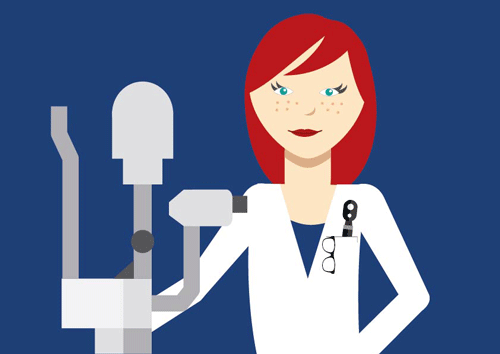Intraocular pressure and glaucoma
Increased IOP is the most important risk factor for glaucoma and, based on epidemiological studies, normal eye pressure varies from 10 mmHg to 21 mmHg in European populations. However the critical IOP level in which glaucoma damage occurs varies among individuals. This depends upon many anatomical/physiological variables that will determine each patient’s susceptibility for the disease.
For example, damage to the optic nerve may occur within the “normal” range IOP – a condition sometimes referred to as “Normal pressure glaucoma” or “Low tension glaucoma”. In most of the cases, patient’s individual characteristics (i.e. structure of the optic nerve head) determine an increased susceptibility to glaucomatous damage, which may occur within IOP levels that would not cause any harm for most individuals. Regardless of whether the IOP is high (i.e. above 21) or not, future glaucoma damage can be prevented by treatments which lower the IOP.
On the other hand, cases with elevated IOP (greater than 21 or 23 mmHg) without optic nerve damage may also occur, and this condition is called “Ocular hypertension”. In these cases, individual characteristics determine a decreased susceptibility to the disease.

